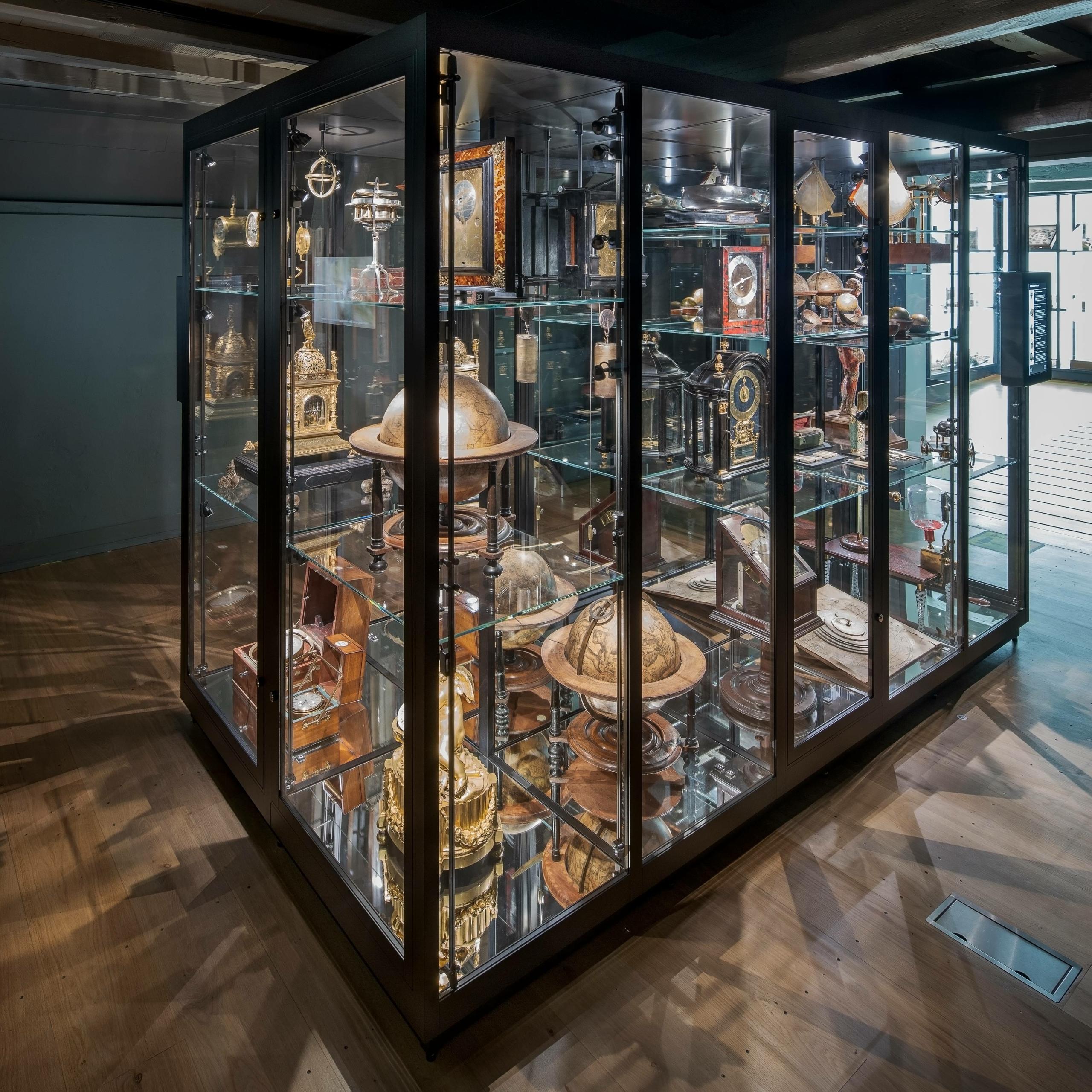Acrylic vs Glass: What material is best for Picture Frames?
When it comes to displaying your company’s artwork or important documents, it’s important to choose a frame that not only enhances the visual appeal but also protects the content. Glass and acrylic frames are two popular options among businesses, but in this post, we’ll delve into why acrylic frames are the superior choice for commercial use. From durability to cost-effectiveness, we’ll explore the various benefits acrylic frames offer and how they can elevate your business’s professional image.

The Benefits of Using Acrylic for Framing
Weight
Acrylic is lighter and more durable than glass, making it less likely to break during shipping or handling. This can help reduce damage and lost merchandise for businesses.
As acrylic is lightweight, it is much easier to handle when fitting it into frames. This is especially important for businesses that offer custom framing services, as it makes the process of fitting and mounting the artwork much easier and less time-consuming. Additionally, it also makes it more comfortable to handle for the framers and reduces the risk of injury.
Material Cost
Acrylic is generally less expensive than glass, which makes it a cost-effective option for businesses that need to purchase large quantities of frames, such as retailers, art galleries, or picture framing shops.
In addition to the lower cost of materials, acrylic frames may also be less expensive to manufacture than glass frames, as the manufacturing process for acrylic is less labour-intensive. This can help businesses save money on labour costs as well.
Furthermore, as mentioned earlier, acrylic is more durable than glass, which means that it is less likely to break or crack during shipping or handling. Therefore, you are less likely to have to pay for replacements due to frames becoming damaged.
All these factors combined, make acrylic a cost-effective option for businesses that need to purchase large quantities of frames. It allows them to save money on both materials and labour costs, while also reducing the risk of damage and lost merchandise.
Safety
Acrylic is a much safer option than glass when it comes to picture frames, as it is less likely to shatter and cause injury. This is because acrylic is a thermoplastic, which means that it is more flexible and less brittle than glass.
When glass frames break, they can shatter into sharp, dangerous pieces that can cause serious injury. This can be a significant safety hazard, especially in public areas or in high-traffic areas where people may be at risk of coming into contact with the broken glass.
On the other hand, if an acrylic frame breaks, it is more likely to crack or bend rather than shatter. It will not cause injury as much as glass. This makes acrylic a much safer option for businesses that display frames in public areas or in high-traffic areas, such as art galleries, museums, retail stores, or even offices.
Additionally, acrylic frames are also less likely to break or crack due to their durable nature, which reduces the risk of injury even further. This can provide peace of mind for businesses and their customers, knowing that the frames are less likely to cause harm to the public or to employees.
Fire Safety
Some acrylic frames are fire rated which means they have been tested and certified to meet specific fire safety standards. These frames are made of a special type of acrylic that is more heat resistant than regular acrylic and can slow down the spread of fire, providing more time for evacuation and firefighting efforts.
This feature can be especially important for businesses that display frames in buildings that are required to meet fire safety standards, such as hotels, hospitals, schools, and other public buildings. Having fire-rated acrylic frames can also be beneficial for businesses that want to provide added safety for their customers and employees.
It is important to note that not all acrylic frames are fire rated, so it’s essential for businesses to check with the manufacturer or supplier to confirm if the frames they are purchasing meet fire safety standards.
Lighting & UV Resistance
Acrylic has better UV resistance than glass, which means that it is better suited for displaying artwork or photographs that may be sensitive to fading or discolouration from UV light. Acrylic is less permeable to UV light than glass, which means that it blocks out more UV light and protects the artwork or photographs from fading or discolouration.
When UV light shines on the artwork, it can cause the pigments in the paint or dye to degrade and fade over time, causing the artwork to lose its original colour and vibrancy. UV light can also cause photographs to fade and discolour, and it can also cause the paper or film to degrade.
Acrylic frames are more effective in blocking out harmful UV light and protecting the artwork or photographs inside. This makes it a better option for businesses that sell or display artwork or photographs that are particularly sensitive to UV light, such as watercolour paintings, silk screens, or archival photographs.
Anti-Reflective
Certain acrylic is non-reflective which can be especially popular for displaying artwork. This is because non-reflective acrylic has a matte or frosted finish that reduces glare and reflection. This can be very beneficial for artwork that is displayed in locations with bright or artificial light, such as galleries, museums, or retail spaces.
Non-reflective acrylic allows the artwork to be viewed without any glare or reflection, which can be very distracting and make it difficult to see the details of the artwork. This allows the artwork to be viewed in its true colours, which can help enhance the overall viewing experience.
Cleaning
Acrylic is also easier to clean than glass, which makes it a more low-maintenance option for businesses. Acrylic frames can be easily cleaned with a damp cloth or mild soap and water, which makes it very easy to keep them looking new and clean. Unlike glass, acrylic doesn’t require any special cleaning solutions or equipment, which can help save time and money on maintenance.
Acrylic is also less likely to scratch or smudge than glass, which means that it will retain its clarity and appearance for longer periods of time. This can be especially beneficial for businesses that display frames in high-traffic areas or in areas where the frames may be touched or handled frequently.
Furthermore, acrylic is also less likely to be affected by dust or dirt which can accumulate on the frames, making it a more low-maintenance option for businesses. This means that acrylic frames can be easily cleaned and maintained without the need for frequent polishing or buffing.
Enviroment
Acrylic is also a more eco-friendly option than glass, as it is made from a synthetic material that is more easily recyclable. Acrylic is a thermoplastic, which means that it can be melted and reshaped multiple times without losing its strength or integrity. This makes it a more sustainable option than glass, which is a non-renewable resource and must be mined, then melted, and shaped once, and then it’s discarded.
Acrylic can be recycled multiple times, reducing the need to extract and process new raw materials, thus reducing the amount of energy and resources needed to produce new acrylic frames. Additionally, acrylic frames are less likely to break or crack, which can also help reduce the amount of waste generated.
Furthermore, acrylic frames are also less heavy than glass frames, which can help reduce the amount of fuel needed to transport them, making it a more eco-friendly option.
*Please note, with the ever-evolving processes around recycling, this information might be out of date at the time of reading.
Thank you for reading our Glass vs Acrylic frame blog. We hope this has helped you understand the pros and cons of both options and make an informed decision for your business.
To learn more about Acrylic Frames, read our Everything You Need To Know About Acrylic Frames next.
We also have a buyer’s guide on finding the Acrylic Frame that is perfect for you.







